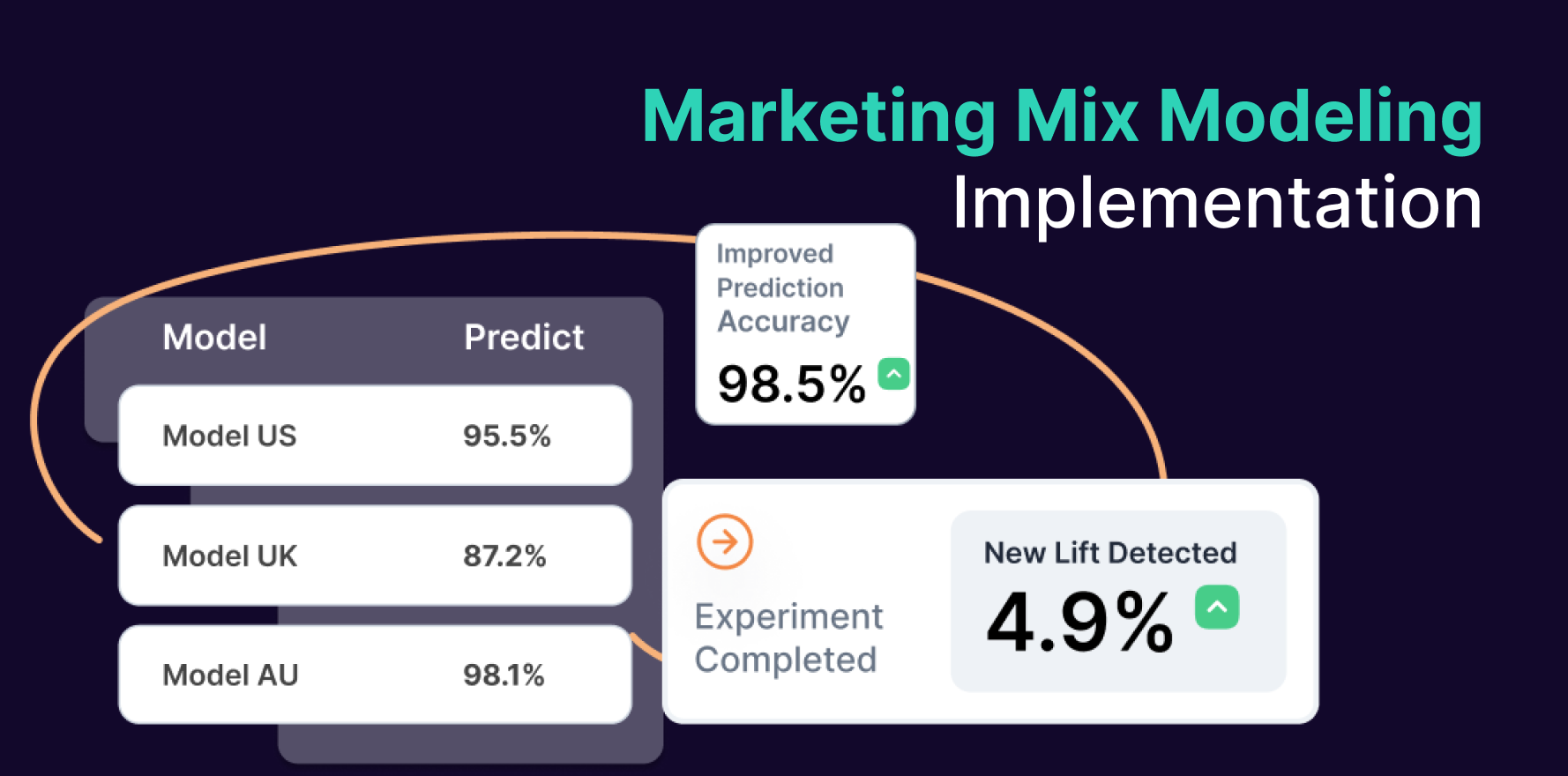What is Install fraud?
Install fraud, also known as app install fraud, is a deceptive practice widely used in the ecommerce industry where fraudsters aim to manipulate the app installation data. This is often achieved by utilising automated bots or misplaced attribution methods that inflate the number of app downloads, giving the false impression of popularity or widespread acceptance of the said application.
Formula
There is no specific formula to calculate install fraud due to its fraudulent nature. It becomes apparent by analyzing inconsistencies in app install data such as sudden spikes, drastic geographical inconsistencies, or discrepancy between the number of installs and user engagement.
Example
For instance, an ecommerce app is launched, and within the first week, there’s a surge of thousands of app installations from various geographic areas. However, there’s a minimal increase in actual user engagement or purchases on the app, indicating potential install fraud.
Why is Install fraud important?
Install fraud is a detrimental practice that can disrupt the integrity of app performance metrics, leading to inaccurate marketing strategies and financial loss. Identifying install fraud is important to protect businesses from these potential damages and ensure a fair competitive environment in the ecommerce marketplace.
Which factors impact Install fraud?
Preventing install fraud requires a well-structured strategy that includes adopting advanced machine learning technologies for fraud detection analytics, regular auditing of app install statistics, and employing third-party verification services. It’s also beneficial to use multi-point attribution models and enforce strict user validation processes.
How can Install fraud be improved?
- Technical Advancements: Rapid advancements in technology aid fraudsters in executing sophisticate install fraud.
- Inadequate Attribution Models: Faulty or subpar attribution models can be easily exploited for committing install fraud.
- Lack of Strict User Validation Processes: Weak user validation processes can foster fraudulent practices.
- Inefficient Regulation: Insufficient regulatory measures can leave space for install fraud to thrive.
What is Install fraud’s relationship with other metrics?
Install fraud not only tampers with the install data but also impacts other ecommerce metrics, creating a domino effect. When install data is inflated, it can distort key performance indicators like user acquisition cost, retention rate, lifetime customer value, etc. This fraudulent practice can lead to inaccurate marketing insights, wastage of marketing resources, and lower ROI. Hence, curbing install fraud is essential for maintaining the accuracy and reliability of all ecommerce metrics.
Free essential resources for success
Discover more from Lifesight






















































